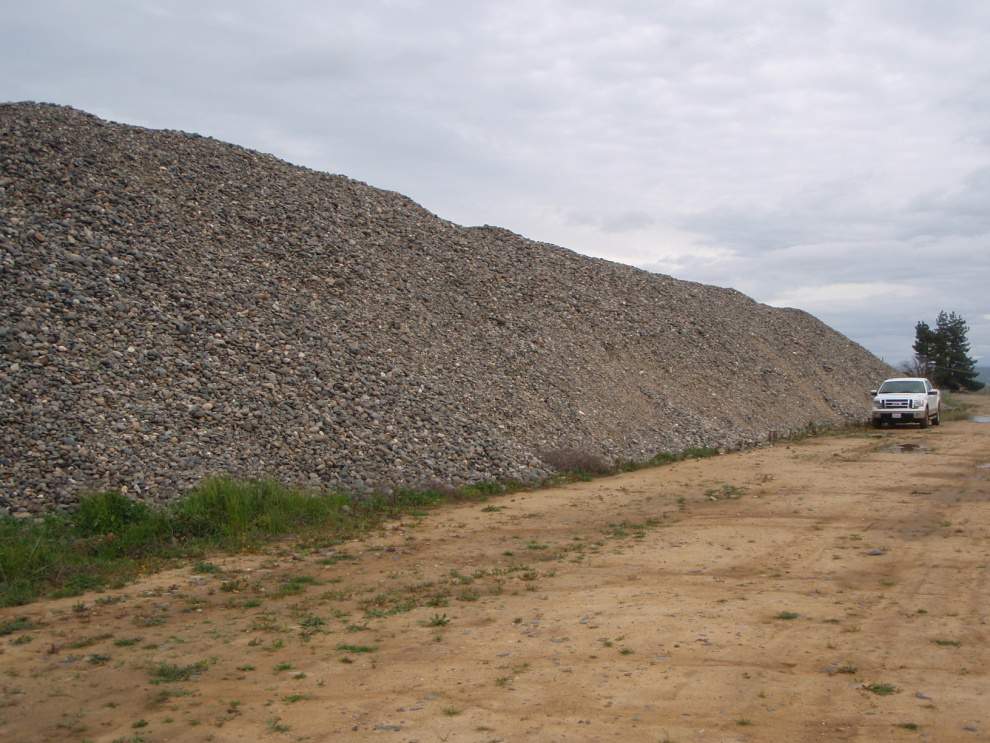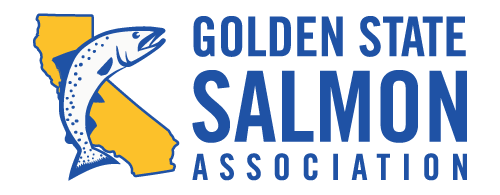
Damming the rivers of the Central Valley eliminated the movement of spawning gravel to the main-stem river immediately below the dams. Based on underwater surveys, some areas of river bottom downstream of Keswick Dam, but above the confluence with major gravel-contributing tributaries, have become scoured to bedrock. In other areas, gravel patches have hardened in the riverbed, buried under fine sediment, making many of the unsuitable for spawning. This has reduced the quantity and quality of spawning areas.
This project would add up to 100,000 tons of spawning gravel to stretches of the Sacramento and Feather rivers to substantially enhance spawning potential. 15,000 tons of gravel were added to the Sacramento River in 2013 and 2014 with more added in early 2016. The failure of the Oroville spillway in 2017 resulted in tons of sediment further burying spawning gravels in the Feather River. “Deep ripping” with bulldozers armed with heavy fork-like protrusions can plough up these areas at times of the year when fish are absent, re-mobilizing the buried gravel. This has been successfully to restore gravel in Putah Creek and elsewhere.
